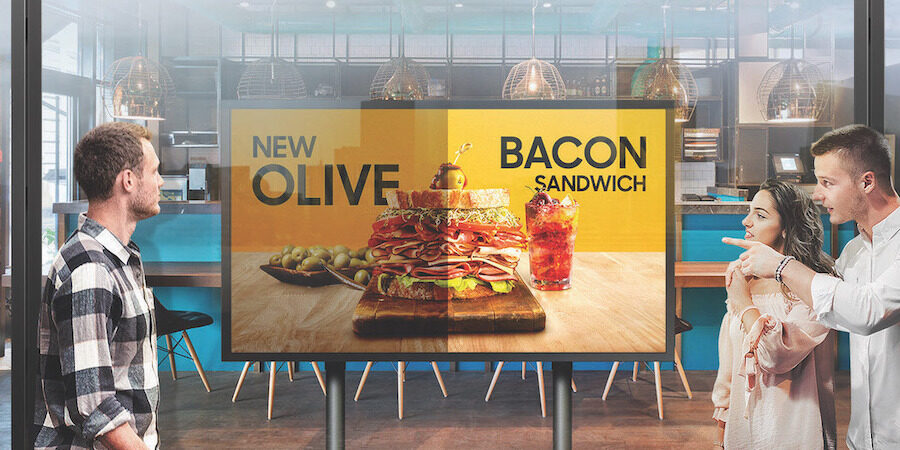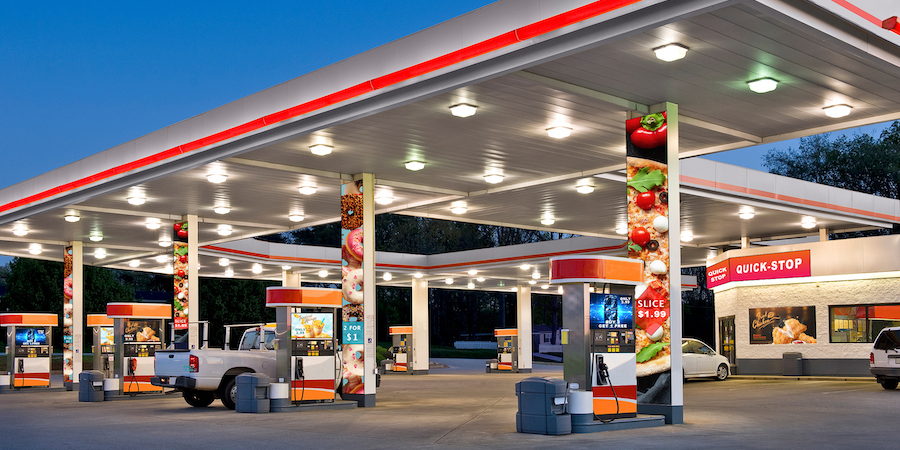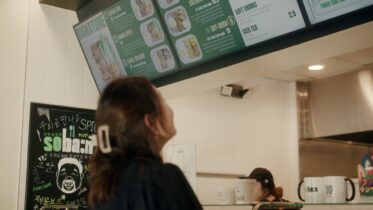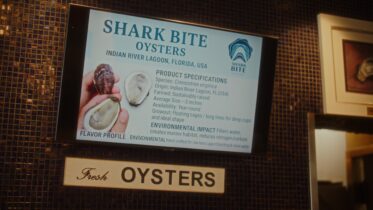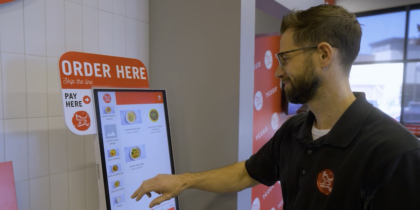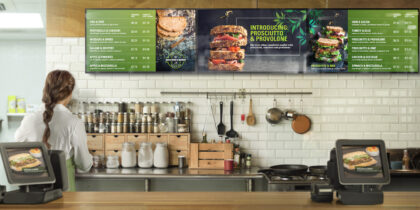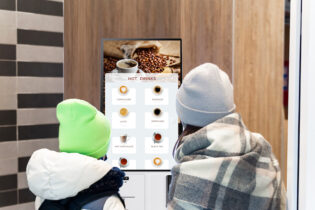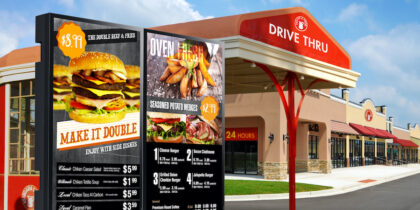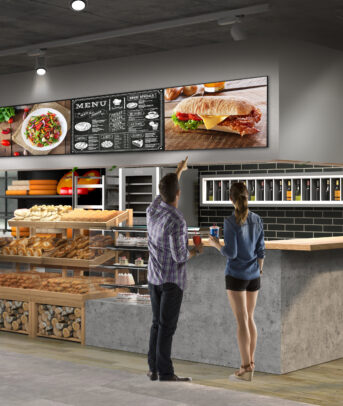Due to a landmark year in 2020, convenience stores watched gas sales plummet while their in-store sales shot to record highs. Now, as gas sales recover and people return to their normal shopping routines, c-stores are asking themselves how to keep the momentum going.
Across the c-store industry, in-store sales increased 1.5 percent in 2020 — to $255.6 billion — as shoppers came to rely on c-stores for weekly essentials like grocery items, paper products and cleaning supplies, as well as traditional c-store products. Shoppers sought out c-stores to avoid crowded supermarkets, travel shorter distances and take advantange of extended hours.
Shell, for example, reported that their average basket size increased 15 percent from September 2019 to September 2020, and increased 30 to 35 percent at the peak of COVID-19, as shoppers began to stockpile larger quantities of items and multipacks. Circle K, as well, reported that lower foot traffic has been more than offset by a larger average basket size, as consumers have consolidated their weekly shopping trips — and taken advantage of the c-store’s new purchasing options and diversified products.
Convenience retailers should be looking to retain those new consumer behaviors and drive shopper loyalty and sales, particularly since researchers do not believe fuel volumes will regain their pre-pandemic levels in all markets. As much of the country continues to work from home, McKinsey recommends fuel providers focus on their c-store retail opportunities and develop a profitable offer for non-fuel retail (NFR).
In order to accomplish that, c-store and fuel retailers need to increase their in-store foot traffic, convert fuel-only customers into fuel-and-shop customers and increase shoppers’ basket size — all of which is enabled by forecourt signage, such as monument and marquee signage, gas pump signage and window displays.
1. Monument signage attracts passersby
Modern monument signage is key to drawing in drivers, as long as the sign is noticeable from afar. The American Driving Survey from the AAA Foundation for Driving Safety found that U.S. drivers spend about an hour a day in their car — and most of that time is spent driving the same roads.
Besides the necessary fuel pricing information, brand tone can also be established on digital monument signage, showing customers what they can expect to find in store. Digital signage also ensures visibility in adverse weather, unlike static signs, which are often poorly illuminated. Monument signage can serve as a beacon for your store, confirming not just your fuel prices but your inventory, QSR offers and operating hours — while providing the reassurance of a welcoming, brightly lit environment, particularly at night.
2. Gas pump signage entices customers into stores
While gas pump signage is a powerful engagement opportunity, data from Coca-Cola Co. shows that only 26 percent of consumers go from the gas pump into the c-store. Gas pump signage can raise that conversion rate by drawing customers’ attention to products, services and special offers as they refuel. The same signage can also drive brand awareness for the retailer and their partner brands.
Retailers can provide an even more personalized customer experience using AI-supported sensors to recognize drivers as they pull onto the forecourt. Nearby displays then deliver messages and offers specific to that customer, based on their purchase history and loyalty data.
Drive c-store foot traffic with displays
Get your free guide to boosting sales and customer loyalty using high-quality digital signage. Download Now
By incorporating QR codes onto this signage, c-stores allow consumers to place food and beverage orders with a simple scan at the pump, so their order will be ready by the time they’ve refueled. This not only provides a quicker, more seamless customer journey but also increases their average transaction value.
Samsung’s OHF/OHN Full Outdoor Signage series is ideal for gas pump islands, with high-brightness, high-resolution outdoor displays that feature a high contrast ratio. Available in 85-inch, 75-inch, 55-inch and 46-inch models, the OHF/OHN series offers 24/7 operation and an embedded media player to ensure reliable content programming and delivery. The weatherproof design also provides hardware durability in all conditions.
3. Outdoor displays announce timely promotions
Outdoor displays located at the entrance to the c-store enable retailers to rotate their in-store menus by time of day — e.g., breakfast, lunch and dinner menus — and display up-to-date inventory information. Samsung displays’ built-in content management system (CMS), MagicINFO, allows retailers to make their signage dynamic, showcasing time-of-day items and moving with the seasons — for example, featuring hot drinks in the winter and cold drinks in the summer. MagicINFO makes all these updates accessible remotely, and they can be applied to a single store or across an entire region or chain — simultaneously.
Placed outside the store entrance, exterior displays like the OHF/OHN series can reinforce the messaging that customers see at the gas pump. These entrance displays also help customers confirm their purchasing decisions, which indoor displays will upsell once shoppers step inside the store.
4. Marquee signage engages and entertains shoppers
Above the c-store’s entrance, marquee signage promotes brand awareness in addition to in-store menus and product offers. Samsung’s outdoor LED XPR series is designed with a low profile to constantly engage audiences with vibrant imagery and messaging as they approach the store.
Like other Samsung signage, the XPR series allows stores to create, schedule and deploy content through MagicINFO. From content creation to publication and monitoring, convenience retailers can rely on a single platform, enabling greater operational efficiency, which benefits the bottom line.
Samsung’s XPR series displays are also weatherproof for extra reliability. Meanwhile, XPR-B displays come coupled with a backup power supply, so they won’t be affected by a power outage.
Outdoor seating areas provide another opportunity to showcase your in-store menu and current promotions. And by providing customized outdoor content, c-stores can drive customer dwell time and overall spend. Samsung’s Pro TV Terrace Edition, designed for shaded outdoor environments, ensures that customers who wish to linger outside the store can enjoy the same entertainment and messaging as guests inside.
5. Dual-sided window displays maximize ads and revenue
Operated remotely via a CMS, window displays can promote new products and time-of-day offers to increase basket spend. When they’re dual-sided, these displays also allow retailers to schedule unique content both inside and outside the store to drive maximum value. Retailers can use these same displays for third-party ads, creating a new revenue stream.
Samsung’s OMN series and OMN-D series, which offers a dual-sided window display, are high-brightness digital signage options. They’re energy-efficient and provide excellent visibility, with a modern, slim design that complements a contemporary c-store environment.
Outdoor display signage solutions offer c-stores a wide range of opportunities to draw customers into the store, increasing average transaction value and basket spend.
Effective digital signage relies on regularly updated content. You can accomplish this remotely with an integrated CMS like Samsung MagicINFO using this free, complete guide. And for more innovative signage options, discover Samsung’s full lineup of outdoor and window displays, designed for high visibility and durability alike.
